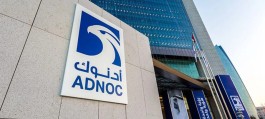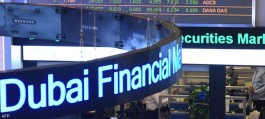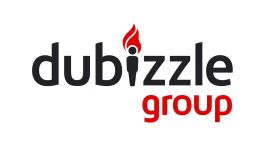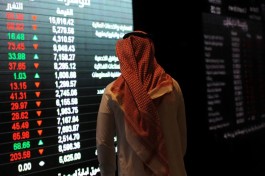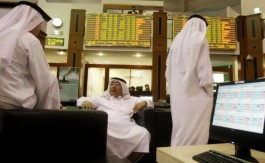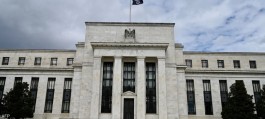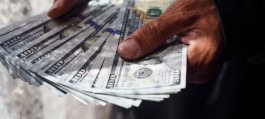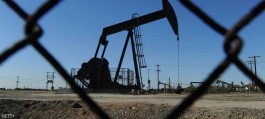Gold prices rose on Monday, supported by fears of a US economic recession and growing expectations that the Federal Reserve will cut interest rates soon.
Spot gold rose 0.14% to $2,446.83 an ounce, after falling 1% earlier in the session.
US gold futures rose 0.8% to $2,488.50, according to Reuters.
As for other precious metals, silver fell in spot transactions by 0.4% to $28.43 per ounce, platinum fell by 1.23% to $946.10, and palladium fell by 0.9% to $882.09.
Gold has been the best performing strategic commodity so far this year, rising 18.5% to a record high.
Gold has largely held onto its gains this year, which saw it rise sustainably to an all-time high of $2,483.60 on July 17.
The World Gold Council released its quarterly report last week, reporting total demand of 1,258.2 tonnes in the second quarter, an all-time high for the second quarter and about 4% higher than the same period in 2023.
But the breakdown of demand showed some trends that could point to a slowdown in the coming quarters.
The biggest gain in demand came from what the board calls the over-the-counter market, which largely means buying from institutional investors, high-net-worth individuals and family offices.
OTC demand reached 329.2 tonnes in Q2, up 53% from the same quarter in 2023 and a massive 385% increase from Q1.
The board attributed the increase in OTC appetite to portfolio diversification, which raises questions about the sustainability of this demand, given that once these investors reach the point where they feel they have enough gold in their asset mix, they are likely to pull back on purchases.
The report also showed a strong decline in jewellery consumption, which fell to 390.6 tonnes in the second quarter, down 19% from the same period in 2023.
Central bank purchases also fell in the second quarter, reaching 183.4 tonnes, down from 299.9 tonnes in the first quarter, although they were up 6% from 173.6 tonnes in the second quarter of 2023.
